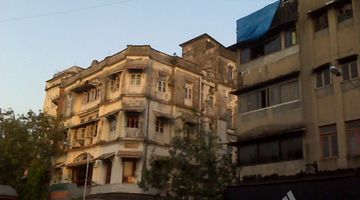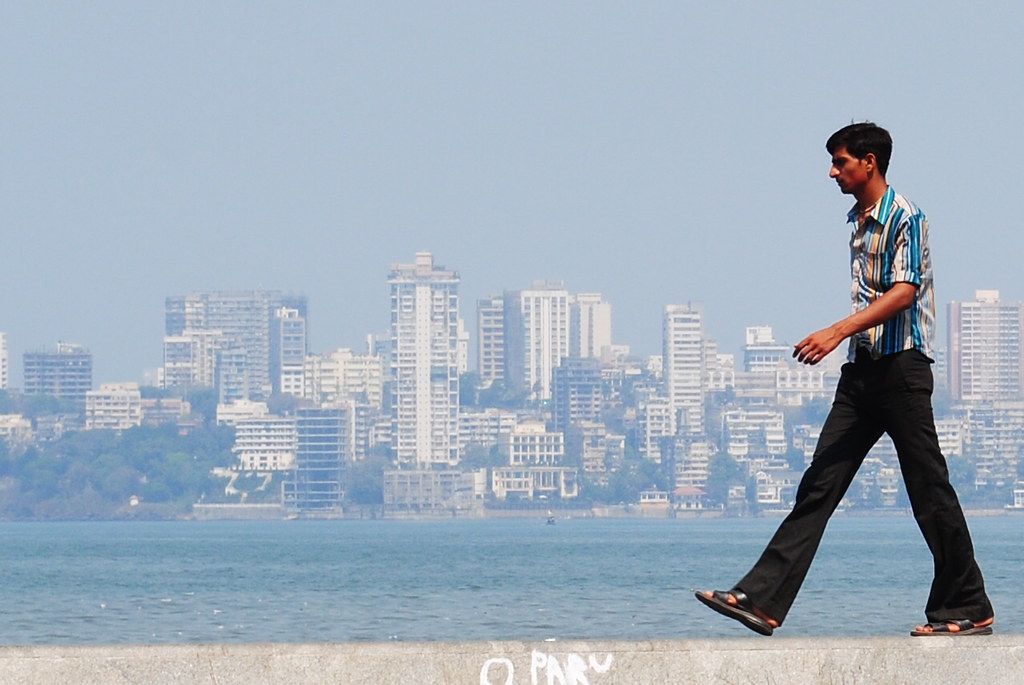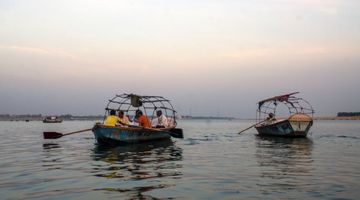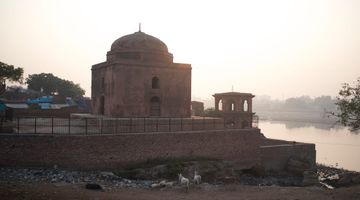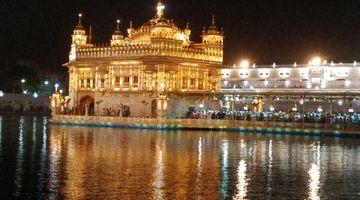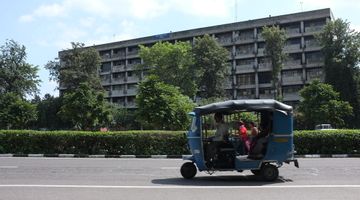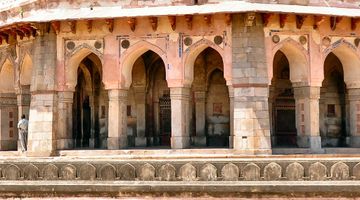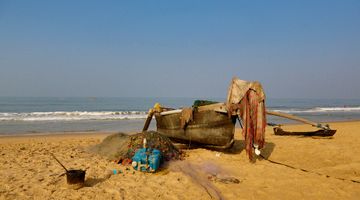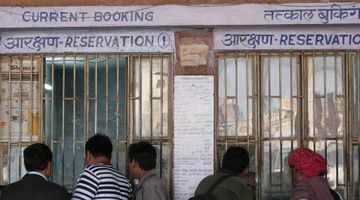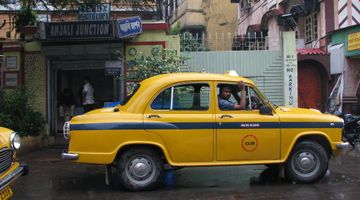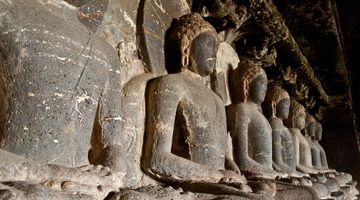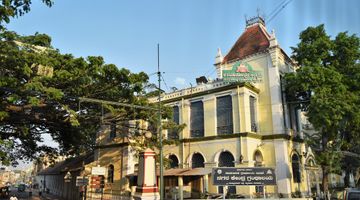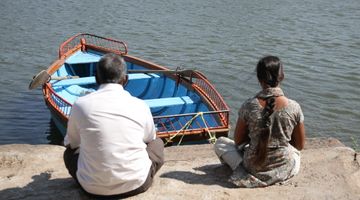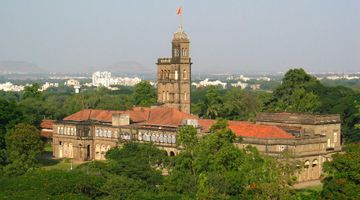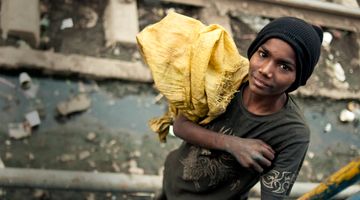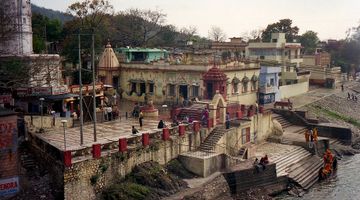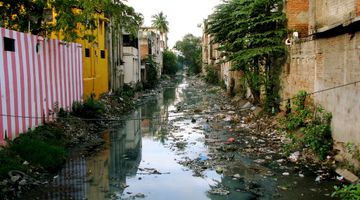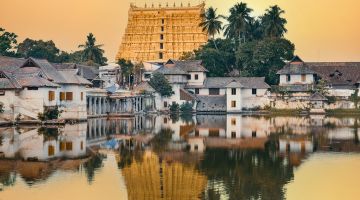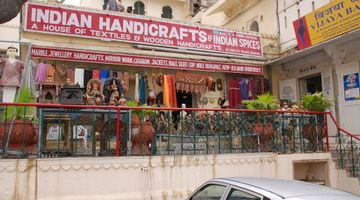Mumbai India – The Ultimate Travel Guide
In a nutshell
Mumbai is famously known as the city of dreams and with its tireless spirit and potpourri of cultures, it rightly is so.
Over centuries, the city has gone through a sea of evolution and yet successfully retained its old world charm. Anyone who dares to look beyond the obvious rush and clutter of Mumbai, will fall irrevocably in love with it.
Why go to Mumbai
The city has welcomed immigrants for hundreds of years with open arms – from colonial lords, to Persian Zoroastrians and starry-eyed Indians from other states. This amalgamation has lent a significantly unique culture to Mumbai, the capital of Maharashtra – a state rich in its own local traditions.
The famed spirit of Mumbai shines through its resilient and warm people, flavourful food and inspired architecture. Apart from Gothic, Victorian and Contemporary art, the city is home to the world’s second largest number of art deco buildings, trailing only behind Miami. The two UNESCO world heritage sites – the Victoria Terminal Train Station and the Elephanta Caves lure visitors from across the globe everyday.
The city has earned its place in the world for being the financial and entertainment capital of India. It hosts the world’s largest film industry in volume and boasts of the highest GDP in South, Central and West Asia. A trip to Mumbai is incomplete without visiting one of the many grand old-world cinema halls that have been around since 1930’s. A little song and dance is a must in the city of Bollywood!
And if those aren’t reasons enough for you, the city’s eclectic shopping streets, vibrant nightlife and culinary extravaganza should do it.
When to go to Mumbai
Mumbai enjoys a tropical, sunny and humid weather all year round. The rains between July- September can be particularly painful as the roads and infrastructure sometimes crumble after a big downpour. The rest of the year it’s bright, shiny and breezy with occasional surprise showers.
Where to stay in Mumbai
The inimitability of Mumbai lies in its contradictions that co-exist beautifully. It’s one of the rare cities in the world that respects people from all walks and backgrounds and offers them an equal opportunity to thrive. The same ideology is reflected in the variety of accommodation options for visitors who come to witness its grandeur.
From the impressively palatial Taj Mahal Hotel (another art deco building) to pocket-friendly guesthouses and homestays, the city has something for everyone.
South Mumbai is the downtown area (or locally know as ‘town’) which is where most of the affluent live and work. Here you can find international chains like The Taj, The Oberoi and Four Seasons where you can expect a royal treatment if your budget is over INR 10,000 for a night.
For value, you can choose some boutique hotels like Gordon House or Waterstones in South Mumbai that cost you INR 5000 for a night. While most boutique hotels and guesthouses will have WiFi and breakfast, only a few will have pools. There is also a wide variety of options in Central Mumbai.
Closer to the Airport as compared to South Mumbai, these areas are inhabited by mix of young entrepreneurs, budding actors and movie-stars. Look out for ultra-luxurious hotels like JW Marriot, The Trident and Taj Lands End along with economy options like Hotel Solitaire and FabHotel. You can always look up options on Airbnb but we recommend sticking to South and Central Mumbai for an authentic experience (and saving commute time!)
Where to eat in Mumbai
Mumbaikars (local slang for the city’s residents) love their food especially the street variety. For the most authentic food experience in Mumbai, make sure you prepare yourself for some spicy treats in town. Found in the multiple ‘Juice Centers’ across Mumbai, some of the local street delicacies include vada pao, paav bhaji, pani puri and Bombay sandwiches. Not exceeding more than INR 100, these light bites will be lighter on your wallet.
In the same spirit of experimentation, we visited some of the popular ‘Irani cafes’ that serve delectable meat dishes in restaurants that took us back to simpler times when the food was good and the buildings humble. ‘Britannia & Company’ is one of the few popular ‘Irani’ Joints that will leave your stomach satiated and hearts happy. Being part of one of the largest coastlines in the country, the seafood variety in Mumbai is unmatched. With local fish like bombil or surmai to prawns koliwara, the seafood restaurants, ‘lunch homes’ as they are popularly called, will not disappoint you.
How to get around Mumbai
The city has a robust pubic transportation system but let’s just say it’s not for everyone.
The local trains are known to be the backbone of Mumbai but it’s mostly the locals who have really cracked the code of surviving them. For experience, we do recommend taking a short test run of one these trains that are practically connected to all parts of the mammoth city. Due to millions of people who travel in ‘the local’ everyday, it’s ideal to use trains during non-peak hours of early morning, afternoon or late night.
But for most part, the black and yellow cab services are easily available, and have a reasonably straight fare system that most of the travellers depend on for a safe and convenient commute within the city.
There are also tuk-tuks that ply in the city suburbs to cover shorter distances. For everything else there’s Uber!
How to get to and from Mumbai
Getting into Mumbai is possibly the easiest part, thanks to it’s prominence on the world map.
By air
Being the commercial capital of India and a strategically important global city, its on the list of most international airlines and enjoys fantastic connectivity with all major parts of the world. Most Asian, European and American big cities are connected via flight (some direct and others with short layovers).
If connecting within Asia, a round economy ticket will cost you around INR 30,000- 40-000. From European countries, it will be between INR 40000- 60000. From the U.S or North America, it is roughly INR 60,000- 80,0000. Reaching Mumbai within India is also highly convenient and a round trip will not cost more than INR 10,000, when booked a couple of months in advance.
By bus& train
The city is also connected via bus to bordering cities and states and trains across the country. Many travel enthusiasts take an overnight sleeper bus to neighbouring Goa, Bengaluru or Hyderabad. Buses and trains can easily be booked online.
Is Mumbai a safe place to visit?
Independence is a strong essence of Mumbai’s culture which makes it one of the safest towns in India, especially for women travellers. However, it is suggested to stay vigilant, avoid transactions with complete strangers and find a local connection to help you navigate through the crazy yet the most fulfilling experience called Mumbai.
